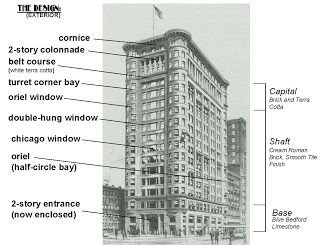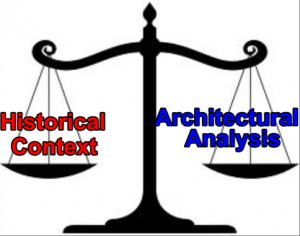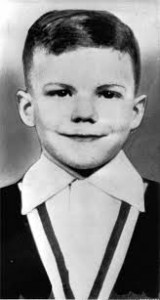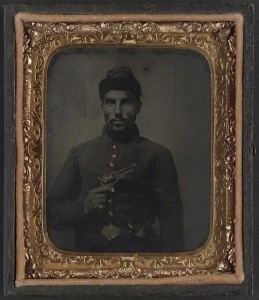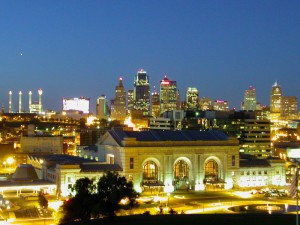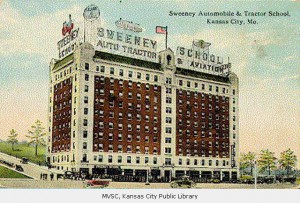By Tony Lawson
I finally made it over the the Steamboat Arabia Museum to look for a chloroform bottle to at least get some good photos of our own for the Civil War medicine exhibit at Wornall. The bottles at Clendening Medical Library were nice, but I could not positively date them to the Civil War. They looked more 1872 than 1860s to me Esoteric, I know, but its my job. I knew I had seen a collection of medicine bottles at the SAM and their provenance was flawless.
When I finally saw the collection again this week, I learned a few things. First, the labels on many of the bottles were paper and were destroyed by the mud and water. We have no earthly idea what some of those bottles contain. At one point, the SAM sent some sample bottles to a lab for testing. The lab called back to confirm the order and had a conversation that went something like, “Yeah, some of the medicines that we do know that were widely used in this period of history contained opium and if we find opium in this stuff we have to notify the DEA and you guys are going to have to spend some money to keep it secured and inaccessible from the public.” Umm…okay box it up and send it back. Click…brrrrr.
Second thing learned was, they do not know whats in the bottles and they do not want to know what is in the bottles. So, no chloroform bottle yet, however, I did meet a man who offered to loan us a Civil War saber and bayonet. Unfortunately, those items accounted for only about 2-4% of Civil War battle wounds.
Unfortunately, my work here at UMKC History Makers is at its end. I have enjoyed writing these blogs and I hope anyone that read them found some of that joy too. I hope we meet this way again in the future. In the meantime, the the search for artifacts and archives continues, the dream lives on, and I have many miles to go before I rest.

